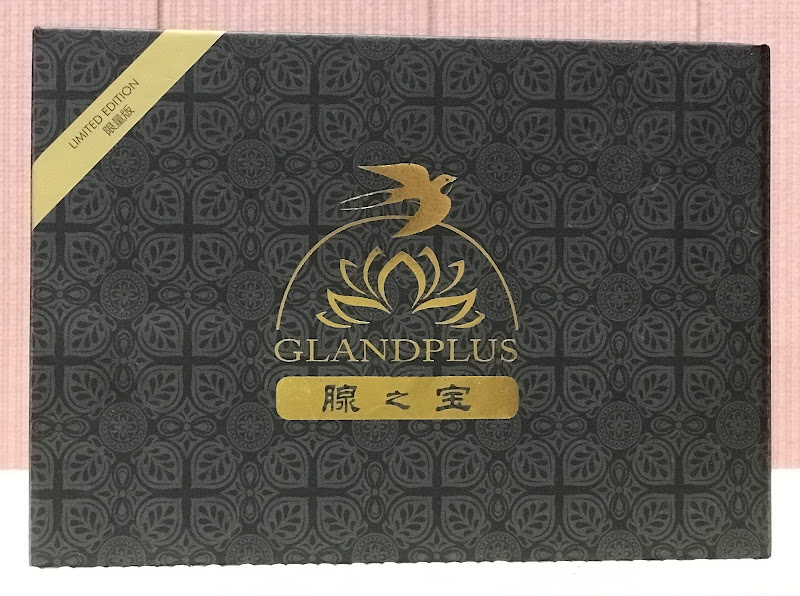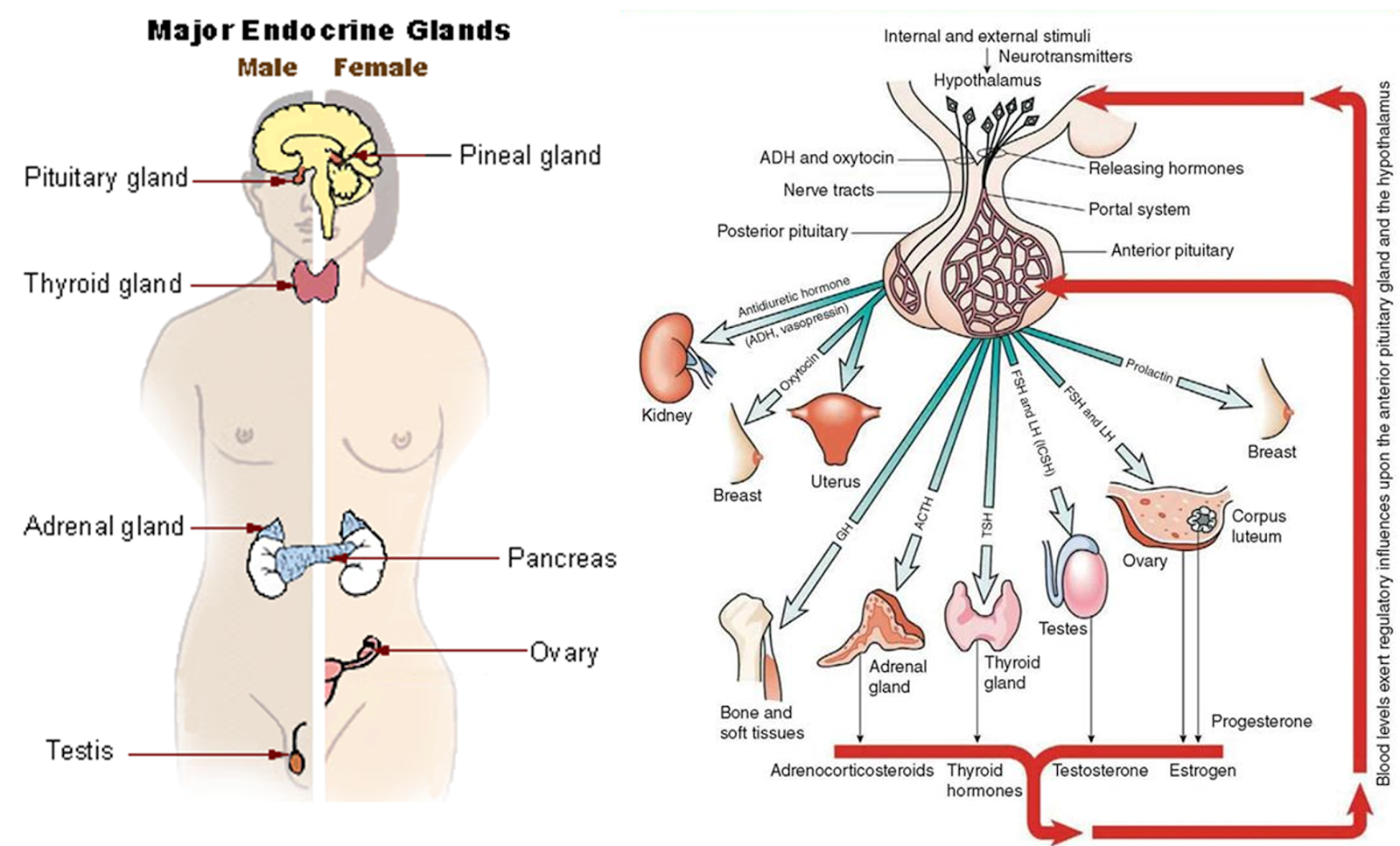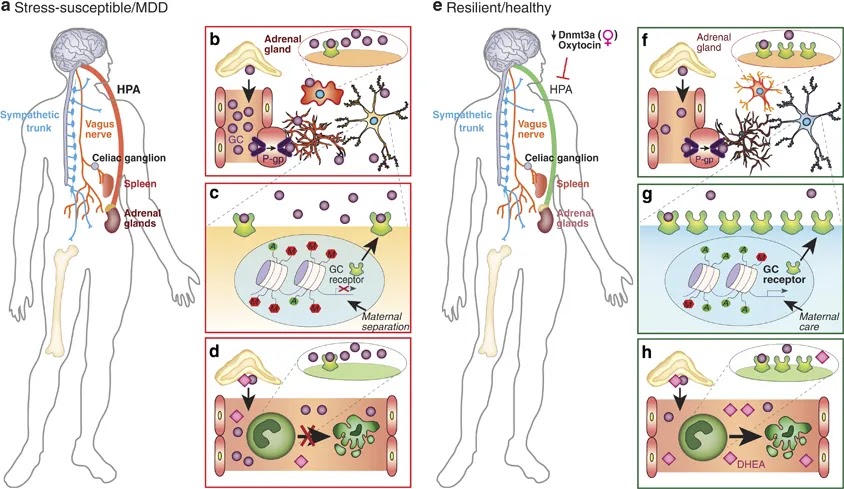GlandPlus

GLANDPLUS
Product Description:
GlandPlus is specially formulated based on the key natural ingredient, Snow Lotus, together with our proprietary premium Edible Bird’s Nest extracts, Olive oil and Coconut oil, working synergistically to regulate hormones production in the body and maintaining a healthy endocrine glands’ functions.
Proprietary Formulation
The unique blend of our proprietary bird’s nest extracts is fortified with snow lotus extract that work synergistically to achieve optimal health and vitality.
Functional Ingredients
The extracts contain rich source of natural high potency bioactive molecules that work at a cellular level to deliver effective responses to our body.
Scientific Expertise
Our expertise in nutritional science incorporates with biotechnology to deliver genuine, safe and effective products to you.
Sold Out
Learn more about the All-New C’Neuros here.

Major neuroendocrine systems:

